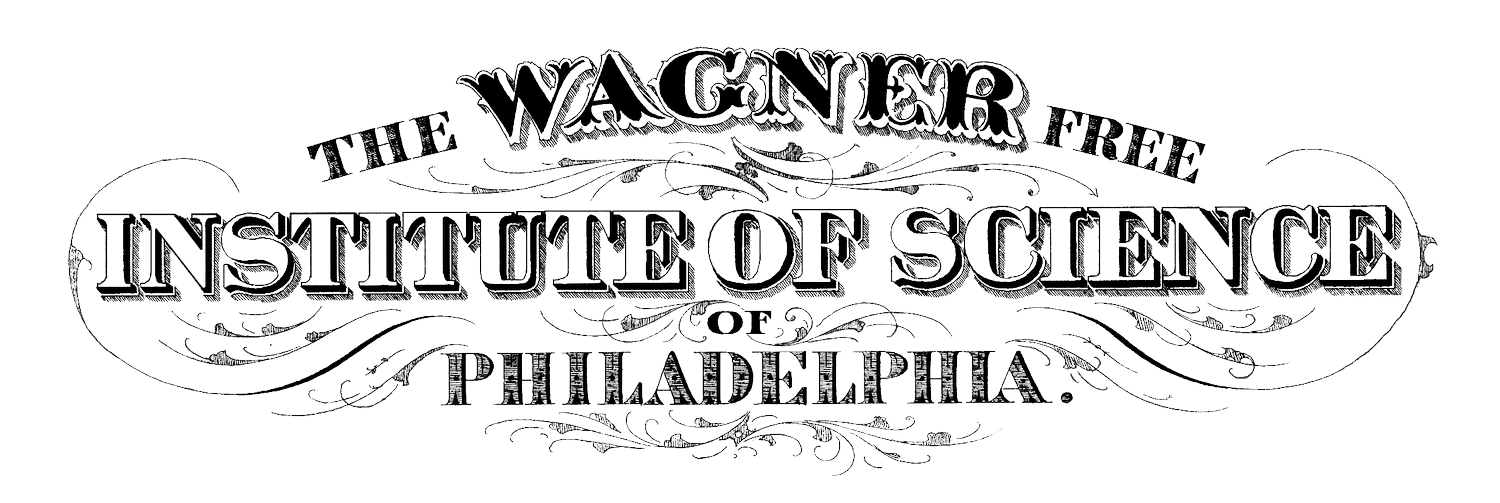Research at the Wagner
NOTICE: The wing that houses the Wagner’s library and archival collections will be closed through the end of 2025 for construction related to the upgrade of the library’s HVAC system and repairs to the building envelope. During this time, most of the library collection and part of the archival collections will go into remote storage and won’t be accessible. Reference services and onsite research visit will be available throughout the project. Many of the archival collections will remain onsite and be accessible for research. This project will not affect museum operations or public programming at the Wagner.
Please contact Special Collections Librarian, Lynn Dorwaldt (email; 215-763-6529 x12) with any questions and for more information.
The Wagner has a wealth of historically significant collections that are available for research use.
The 19th-century exhibit hall houses an extraordinary collection of natural history specimens including mounted birds and mammals, fossils, rocks and minerals, insects, shells, dinosaur bones, and the first American saber-toothed tiger, discovered on a museum-sponsored expedition to Florida in 1886. Gathered largely by founder William Wagner and Institute curators and faculty during the 19th century, the collections are displayed in cherry-wood and glass cabinets dating from the 1880s and maintain their original “systematic” scheme, providing a rare view of a Victorian science museum. Originally assembled to teach science, the specimens are arranged for study. The exhibit is one of the largest systematically arranged collections on display in the country and remains in active use as a key educational tool of the Institute’s free science programs. It also serves as a resource for scholarly research.
The Library and Archives contain monographs, serials, museum records, manuscripts, maps, prints, photographs, drawings, and glass lantern slides. The extensive library of primarily scientific works was collected by the founder and purchased over the course of the Wagner’s history. Dating from the late 17th to the early 20th century, the collection covers the natural and physical sciences, education, medicine, archaeology and anthropology, pseudo-sciences, instrument building, and engineering. The archival records provide a unique insight into the founding and operations of the Institute, its educational programs, the acquisition of collections, and the construction of the National Historic Landmark building.
Request a Research Visit or Ask a Question
Search the Collections
Digital Collections

